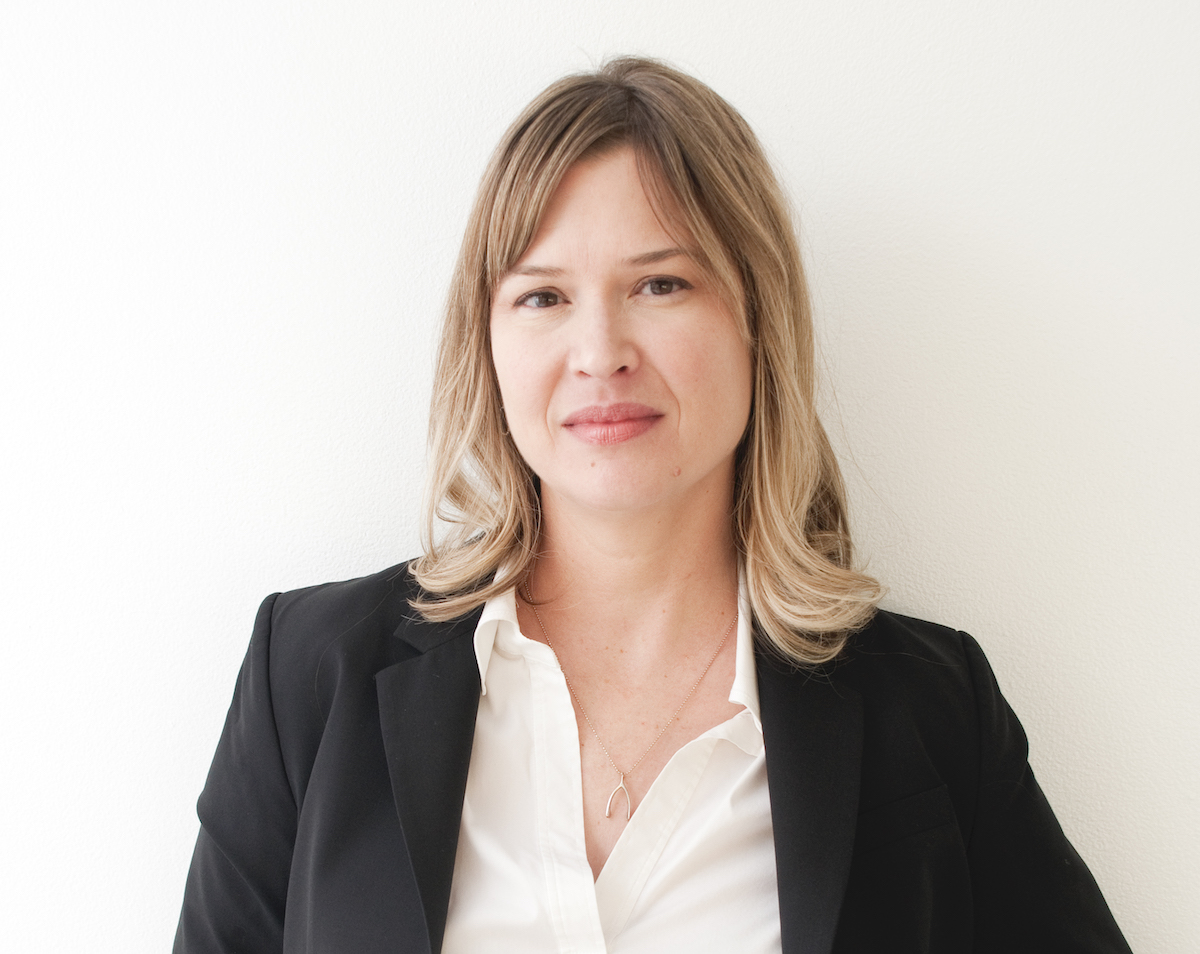One of the most memorable events at MOCA occurred when Chinese-American artist Cai Guo-Qiang exploded gunpowder from an exterior wall of the Geffen Contemporary just after sunset, setting off blinding and spectacular explosions before a huge crowd unprepared for such fire and fury. Immediately after that, the startled guests staggered inside to view Cai’s exhibition of gunpowder residue artworks. Cai should reprise that 2012 show as a ritual demolition of a museum which has gone completely off the rails in the last 10 years with a shocking series of revolving-door hirings and firings of directors and curators.
The latest MOCA debacle started with the announcement this May that short-tenured museum director Klaus Biesenbach would be demoted to “artistic director” while a search was made for a new executive director. Biesenbach was a sub-par administrator who failed to implement the museum’s diversity initiatives, contributing to the departure of highly regarded senior curator Mia Locks and the resignation of the human resources chief. Biesenbach—a known talent as a curator—had a history of success in his hometown of Berlin and at MoMA PS1 in New York, but was ill-suited for the challenges faced by the arcane and sprawling world of art in California.
MOCA announced the hiring of the new museum director, Johanna Burton, in early September. Biesenbach got his revenge several days later by announcing a return to Germany as head of Berlin’s Neue Nationalgalerie. Biesenbach was the wrong person at the wrong time for MOCA, and faced unforeseen challenges when the museum suffered a prolonged COVID shutdown and resulting staff cuts.
Burton is the former director of the Wexner Center for the Arts at Ohio State University and will be MOCA’s first female director. After Biesenbach’s departure, the museum announced that no artistic director would replace him and that Burton would be the sole executive in charge. Burton needs to re-invent MOCA, develop a clear, coherent vision for the museum’s core mission and bring in a strong curatorial team.
Arguably, the two most important exhibitions in MOCA’s history were 1992’s “Helter Skelter” and 2011’s “Under the Big Black Sun,” both of them revealing the rot beneath the perpetual sunshine of the Golden State. It’s no coincidence that those shows were organized by legendary MOCA Chief Curator Paul Schimmel, who was steeped in California art history.

Installation view of “Under The Big Black Sun,” 2011
MOCA’s longtime senior curator, Bennett Simpson, is known for a number of successful shows, including a Mike Kelley retrospective and a memorable “Blues for Smoke” exhibition, but MOCA needs additional curators who are experts in contemporary California art.
Most of MOCA’s problems stem from a lack of clarity on just what the museum’s core mission is. A brief “Mission Statement” appears on its website with such inanities as: “We are a museum; we are contemporary; we care.” Unfortunately, the mission for MOCA since 2008 has been focused on survival due to near insolvency. It is only in the last few years that fiscal stability has been achieved with a large increase in MOCA’s endowment under the leadership of board chair Maria Seferian.
Since the 2015 opening of The Broad museum, directly across Grand Avenue from MOCA, the new kid on the block has presented a huge challenge. Endowed by a billionaire, the late Eli Broad, its blue-chip collection contains more marquee masterworks than MOCA’s. The Broad offered free admission, causing a surge in attendance that outpaced MOCA; in response, MOCA abolished its own admission charge.
MOCA needs to differentiate itself from The Broad, which has a solid foundation of works by contemporary New York and European artists. The Broad is noticeably weak in its holdings of California artists (with the exception of Ruscha and Baldessari). Fortunately, MOCA has an encyclopedic inventory of works by California artists. MOCA should focus its mission on being the primary museum for contemporary California art. Its exhibitions should be California-centric. Since The Broad leans to Europe, MOCA can counter-program with more shows of contemporary Asian art.
MOCA must also join the post-BLM initiative of artistic institutions seeking to re-balance collections with acquisitions from Black, Latino, Asian, LGBTQ and female artists. It’s off to a good start—dozens of recent MOCA acquisitions have been made with diversity in mind, including works by Lauren Halsey and Rafa Esparza.
Exhibitions also need to focus on avant-garde artists and art movements. The Broad has been attracting some solid shows, including “Soul of a Nation” and a Jasper Johns exhibition, although they have been primarily borrowed, not home-curated. It’s likely that The Broad will continue to rely on mounting conservative exhibitions. MOCA needs to be the un-Broad and provide some explosive shows once again.


